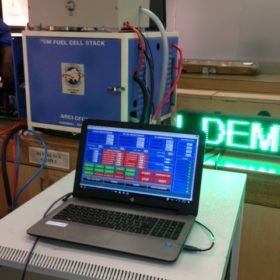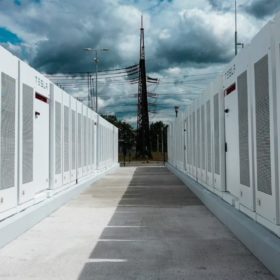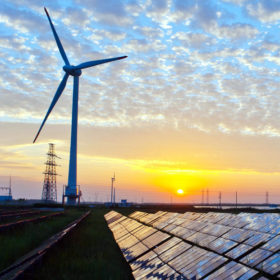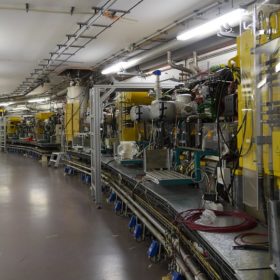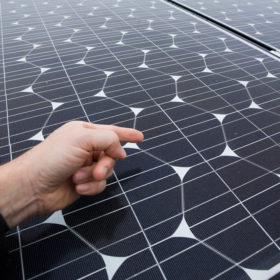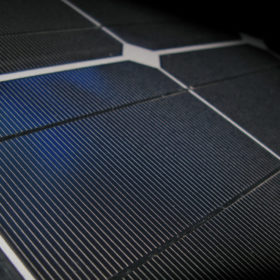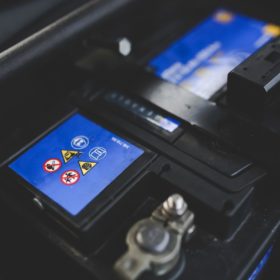ARCI develops fuel cell technology to power disaster management systems
Fuel cell systems provide sustainable electricity using hydrogen gas without the need of grid power as required by conventional battery backup systems, making them highly useful for applications like Emergency Operation Centres which need to respond immediately during an emergency situation with state-of-the-art communication systems.
Evaluating battery chemistries for grid-level storage
Researchers in China have ranked some of the most commonly used battery chemistries according to parameters deemed important for grid-level storage. The team gave a score in each category and determined a winner – and it wasn’t lithium-ion.
Sweden and India launch a multi-million dollar programme on Smart Grids
The programme—co-funded by Swedish Energy Agency and India’s Department of Science & Technology (DST)—aims to develop technologies that can be commercialized after two years. While SEA has committed US$2.6 million over four years for research and innovation collaboration with India, DST will also fund a matching investment of Rs 18 crore to support Indian partners.
Speeding up energy storage with pseudocapacitors
Scientists at Germany’s Helmholtz Zentrum Berlin have made a discovery they say could greatly increase the energy storage capacity of titanium-based ‘MXene’ pseudocapacitors, ultimately leading to faster-charging batteries. The group found adding urea molecules between MXene layers increased the material’s storage capacity by up to 56%.
Korean researchers announce flexible CIGS solar cell with 20.4% efficiency
The thin-film cell was manufactured through a low-temperature process and doping with alkali elements.
CEL tenders 3 MWp of multicrystalline solar modules
Bids are invited for supply of multi-crystalline solar modules, with peak power output of minimum 325 Wp each, to different substations in various districts of Maharashtra and Uttar Pradesh. Bidding closes on March 5.
A plug-and-play solar-powered battery back-up solution for the home
The OneBox, from Indian manufacturer Vision Mechatronics, consists of a lithium battery, hybrid inverter and solar charge controller to give a hassle-free solution for electricity back-up during power outages. Solar rooftop owners are offered a grid feed feature to maximize net metering income from any excess power generated.
Integrating stress and temperature sensors in crystalline silicon cells
Fraunhofer ISE researchers have integrated stress and temperature sensors within a PV module. They claim that the devices cover a very minimal part of the cells, and that their interaction with the module and the cell itself is quite limited. The sensors can be manufactured as part of a regular cell manufacturing process.
Power minister inaugurates eleven renewable energy management centers
Presently, 55 GW of renewable (solar and wind) energy is being monitored through these centers which are equipped with artificial intelligence based forecasting and scheduling tools.
Recycling lead-acid batteries for perovskite solar cell manufacturing
Researchers from China are proposing to use spent battery lead for creating a perovskite that can be used in the production of solar cells that are based on this promising material. The proposed one-step process, which was tested in the production of a 17.38% efficient perovskite heterojunction cell, is said to be cheaper and less energy-intensive than other recycling processes for waste lead from lead-acid batteries.
